
Easter Islands has for centuries been mystifying explorers and anthropologists alike.
This Pacific Island, situated an astounding 2,200m away from the South American coast, geographically belongs to Chile but is hardly close to Latin or indigenous origins, or to its continental neighbour, in either culture, history or ethnicity. Oceanic Island, between America’s edge and Australia’s closest continental land masses, is seemingly much more similar to Polynesia. Pitcairn Island is situated 1300 meters away, which is Easter Islands nearest and most populated neighbor. It’s safe to suggest that Easter Island is a wild, remote and indeed enigmatic island thanks to the giant Easter Island of Moai, its famous, mysterious rock heads.
The Moai have been sculpted by the indigenous Rapa Nui, whose native tongue was also named after the island 400 years ago, with tourists from all parts of the globe who come to explore and gaze at their majestic stature. They watch over the island with an air of gravity and silence that is almost threatening, but they bear watch to the ingenuity of that indigenous culture which arrived around 1200AD on Easter Island and continued to cultivate a vulcanic land until the arrival of Europeans in the beginning of the 1700’s, which reduced the population significantly. Today nearly 8,000 people live on the island of South American Polynesia and Spain. The official languages of Easter Island are Rapa Nui and Spanish, but many locals also speak English, considering its popularity as a tourist destination.
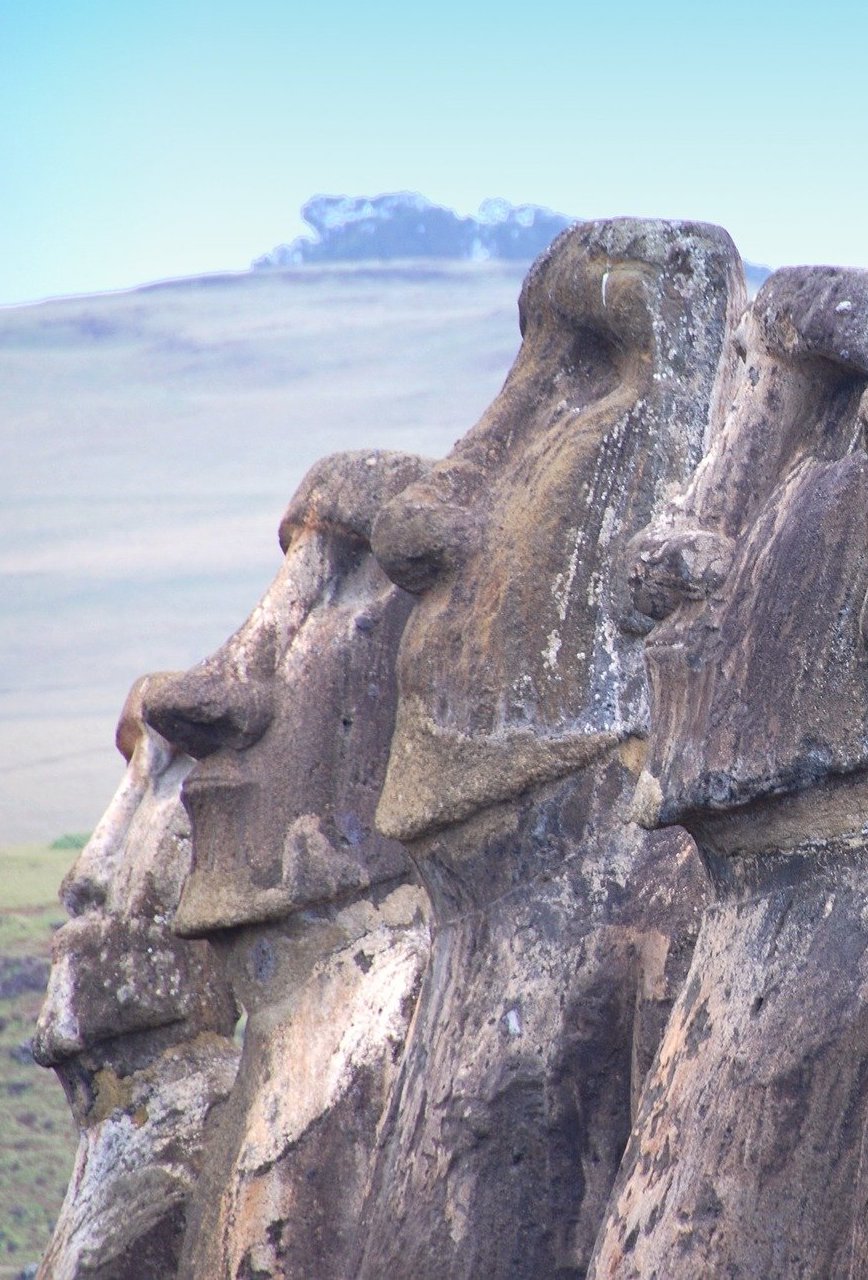
Moai statues watch over the island with an air of gravity and silence.

A large number of amazing locations can be visited on Easter Island. Many tourists to the island want to see Moai statues around the island first. At the Rano Raraku quarry, where over half of the total 887 heads rest, the largest concentration of Moai can be seen.
The sculptures have an overall height of about 4 meters, and weigh about 14 tons. Though they are called “heads,” some of them even kneeling on a torso. Although the intent of Moai is not definitely addressed, many believe that they are homage to indigenous prophets, ancestors or leaders, while others believe that they have religious or spiritual meaning. On the ahu tongariki, which the Moai are believed to be located on a line of Moai can be seen but several are located in various locations around the island. How these massive, heavy gravures were transported all over the Island is mysterious, though there are several different theories.
A UNESCO site since 1995, most of the island is part of the protected National Park of Rapa Nui. Since the Moai are carved from volcanic rock, they are eroded and they are being preserved. Locals perform local dances and traditions frequently for visitors, but outside of either of these shows, it is easy to chat with islanders to get a deeper insight into the daily life of the island.
build your clients trip with our experts

WHAT NOT TO MISS in EASTER ISLAND
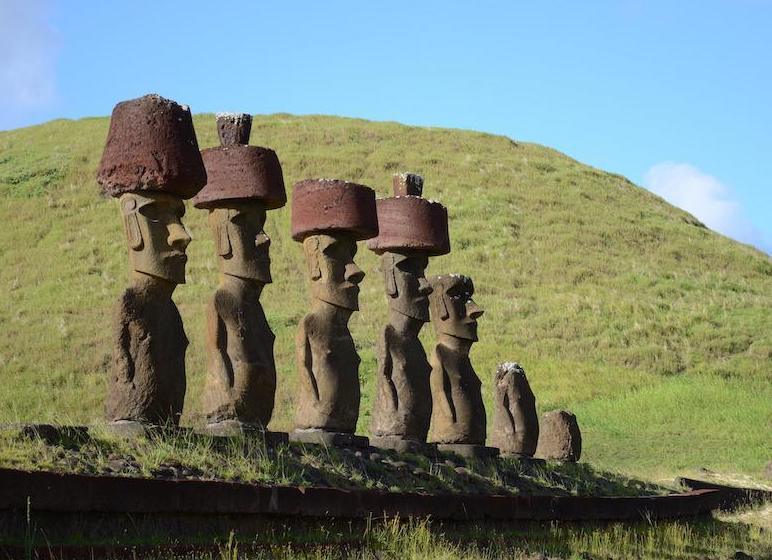
Rapa Nui National Park
The statues of Moai were made by Polynesian settlers from Easter Island volcanic rock, but the purpose is somewhat unclear. In the 16th century an economic and social crisis affected the Rapa Nui community due to over populations and the degradation of the natural environment. This split the population of the island into two groups which continued to fight fiercely. The warrior class, gave rise to the Birdman cultivation that replaced the religion of the statue-making, and proceeded to take down the vast majority of Moai and Ahus.
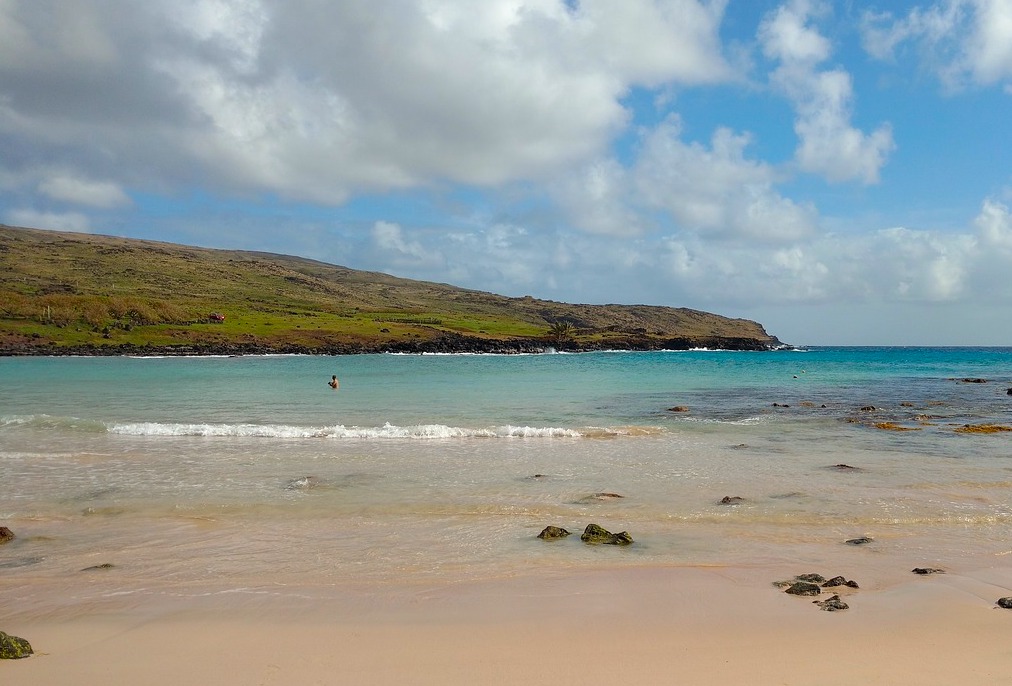
Anakena beach
The island has plenty of natural beauty to enjoy a tropical Polynesian Island. The waters around the island are filled with bright colorful sea life and some wonderful structures of underwater stone. All of these can be enjoyed as you snorkel or immerse yourself in this tropical bucket list. You can visit the beach of Anakena that is located in the northern part of the island, the beach has golden sand, calm turquoise waters and palm trees creating the perfect image of the exotic beach, the tall, dominant Moai, which stands proudly on the ocean.
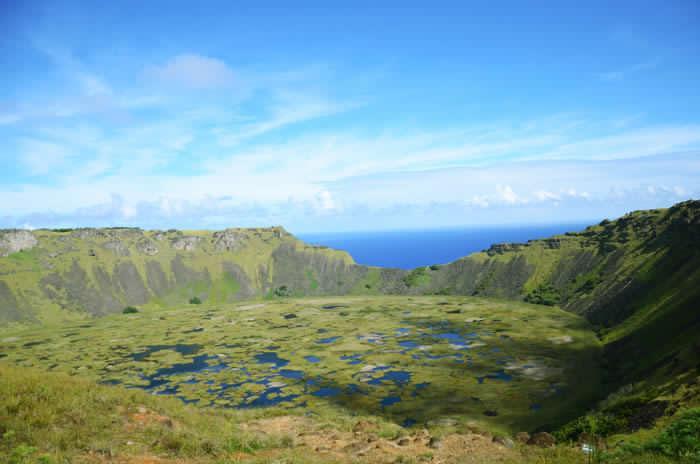
Hike the Volcanoes
Easter Island consists of three principal extinct volcanoes. On the Rapa Nui, just 507m, the Terevaka Volcano is the highest point in the area, but the top provides a stunning view of the territory of 360°. Rano Raraku is an impressive and dramatic crater on the bottom slopes of Terevaka and the backdrop of the wide ocean underlines this isolation from this old land.
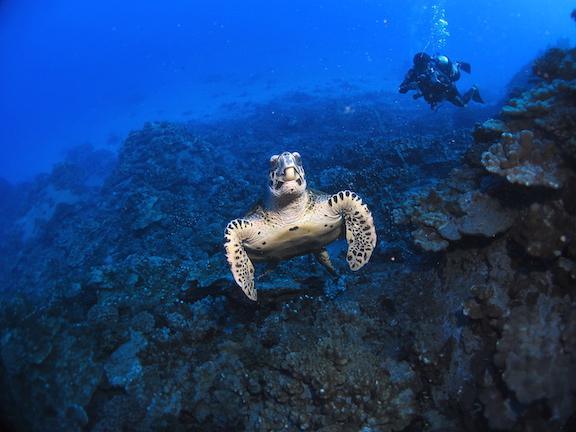
Diving and snorkeling
Easter Island is perfect for snorkeling and diving, having waters so smooth and translucent that tourists can enjoy visibility up to 60 meters. Although the flora and fauna are not so rich as on other Pacific islands, with no large coral reefs, few coral species are growing in spectacular fashion, such as “Porites lobata” that grows up to a diameter of 5 meters and can be seen 18 meters deep in Hanga Roa Bay. .
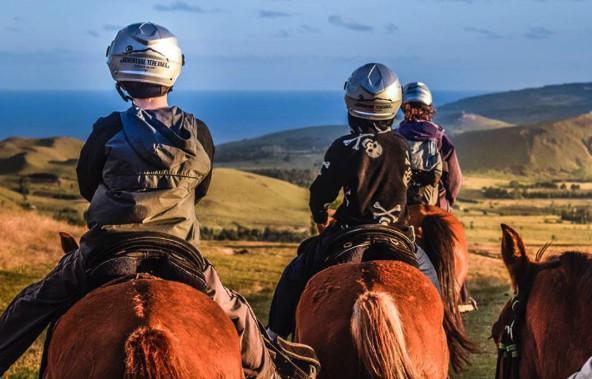
Horseback Riding
There are actually many wild horses on the island, but you do not have to be an experienced horserider to enjoy those calm and well trained in the tours. In the interior, several tours take place, ascending to the top of Terevaka Volcano, the highest point on Easter Island (8511 masl), a 360 view and only reachable at walking or on horseback. Anakena and a Central Coast tour provide other options, where no roads exist.
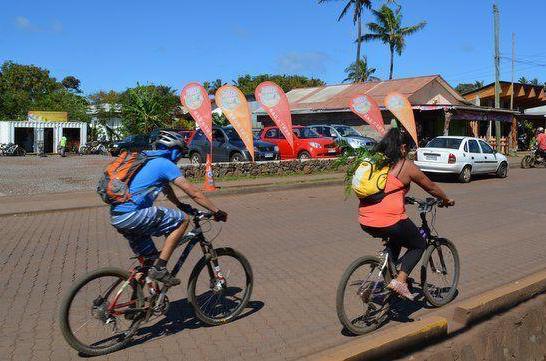
Bike Rental
Biking on around the island is one of the most fun and rewarding alternatives to getting around and exploring the island. Feel sea breeze on your face and watch the waves crash on the cliffs, there are still few people who decide to traverse the island on two wheels, so the sensation of getting the island is almost entirely to yourself. Almost all roads are paved, but some dirt and stone paths are also available.
destination map

| Title | Address | Description |
|---|---|---|
Santiago de Chile | Santiago, Región Metropolitana, Chile | A city where old meets new in the architecture, culture, and geography of this Chilean metropolis. In Chile’s central valley of the Santiago Basin, the city is surrounded by many formidable mountain ranges that dominate the horizon. The Andes, which are as far away from Santiago’s side as the Pacific Ocean is from the other, are among them. Read more… |
Chilean Patagonia | Patagonia | Patagonia is a vast region of Argentina & Chile, and the southernmost tip of South America. Chilean Patagonia, which draws tourists for its thrilling outdoor sports and seasonal wildlife spotting. In Chilean Patagonia, the Andes sink drastically into the Pacific, producing unique geographical formations and an extensive array of archipelagos, channels, and fjörds. Read more… |
San Pedro de Atacama | San Pedro de Atacama, Antofagasta, Chile | In northern Chile’s high, arid plains, an otherworldly moon-like landscape meets with the night skies. With vast desert plains, volcanic peaks, gleaming white salt pans, undulating pink and orange rock and sand formations, and turquoise lagoons, Atacama Desert is a remote land that continues to captivate travelers, and home to a variety of wildlife, flora, and fauna. Read more… |
Lake District | Avenida Philippi 1215, Frutillar Bajo, Frutillar, Los Lagos, Chile | At the Andes’ base, this 600-mile long sliver of mountainous terrain boasts numerous lakes between the mountain range and sea running south. This region draws tourists who enjoy a slower, more relaxed pace of exploration, to explore the lakes and their surroundings individually, away from the crowds and tourist traps of southern Patagonia, to give you that desired feeling of pure solitude in nature. Read more… |
Easter Island | Isla de Pascua, Valparaíso, Chile | This Pacific Island, located an astounding 2,200 m away from the South American coast, technically belongs to Chile. Famous for its giant Moai statues, iconic and mysterious stone heads have made the island popular throughout the world as remote, isolated, and enigmatic. The Moai were sculpted more than 400 decades ago by the indigenous Rapa Nui, the indigenous people inhabiting the island. Read more… |
Depending on your client’s preferences, we can help you determine the best experiences tailored for your clients. From where to visit, when to go, what to do and how to get there safely, our travel experts will help you create an experience your clients will love.
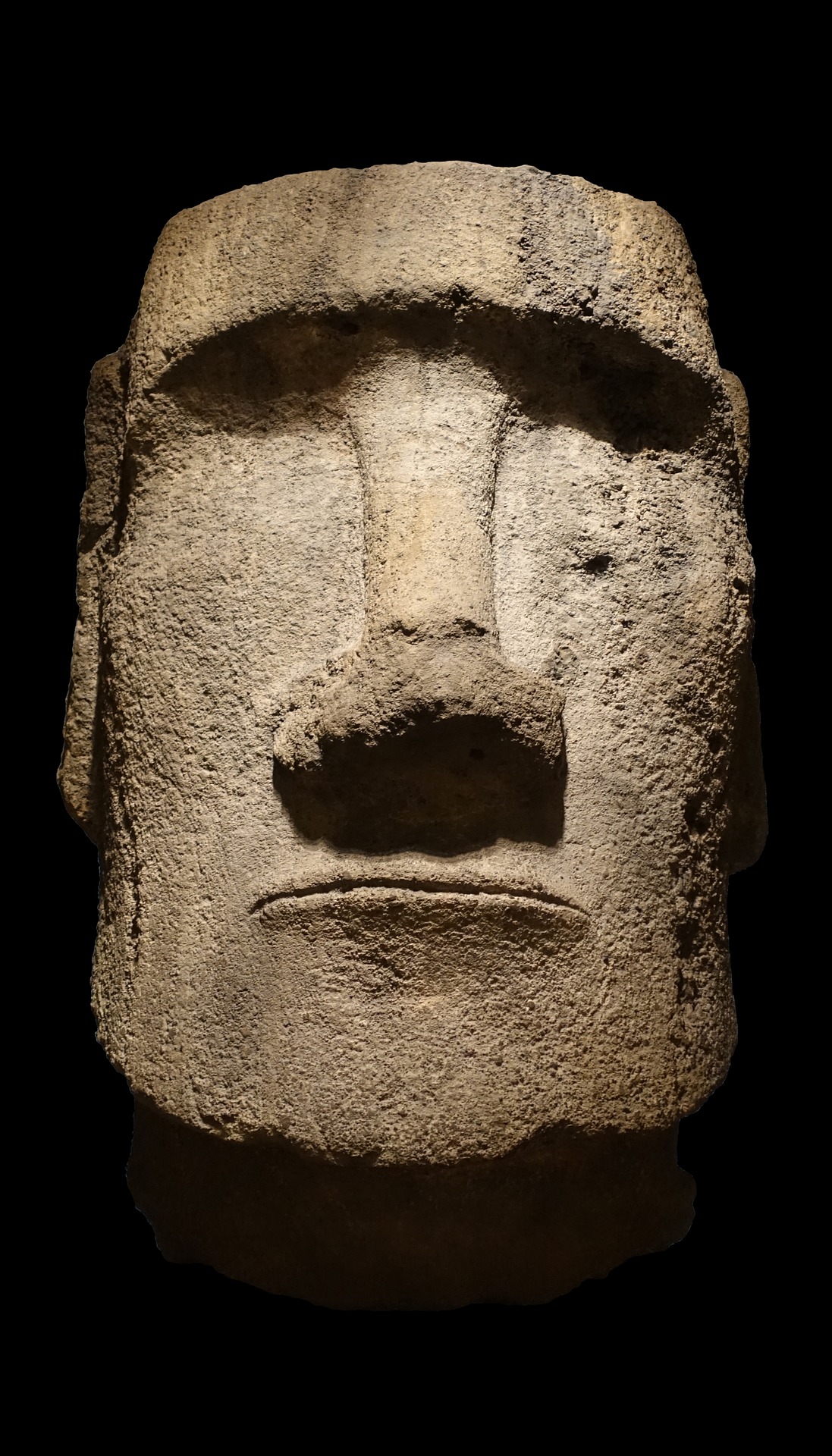
Best times to visit Easter Island
The location of Easter Island in the center of the Pacific Ocean means that all year round it has high temperatures. Temperatures seldom drop below 57°F at night except in the winter month between June and September and about 72°C during the day, making the island a tropical and fun place to stay in winter. It’s also the calmer tourist season, and it’s best if you don’t want to share the island with hordes of other travelers during this period. It can become swelling and humid during the summer months between December and March, making it difficult for people to enjoy the island, as there is a lot to do outside. It’s ideal to take the rays, but be sure to wear a sunscreen. Two unmissable festivals are in the peak times of January and February; the first two weeks of the celebration of Tapati Rapa Nui and the Ahu Tongariki sunrise from 21 to 21 December.
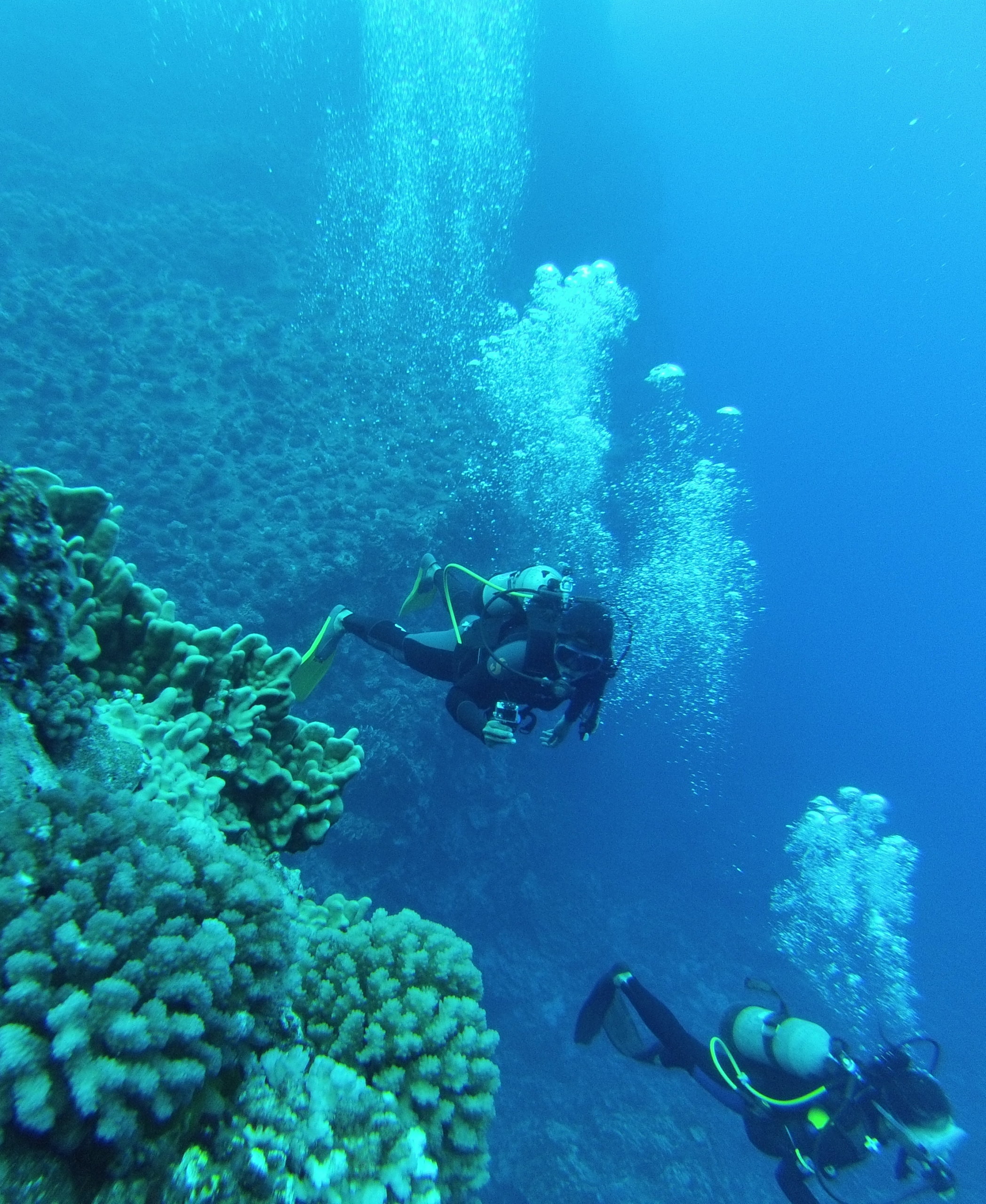
practical information
HOW TO GET THERE
Fortunately, for tourists to the island it is much easier to get to Rapa Nui today than it was before centuries that the Polynesians entered the island. The small Mataveri International Airport Easter Island receives Santiago and Tahiti flights. While on the island, a car, motor cycle or mountain bike is the perfect way to go around since the key highlights are scattered throughout the island. You will definitely also cover a large part of the island at foot, but it is easy to get lost, so keep some of your sights near where you stay if you have to ask for directions.
GETTING AROUND
Easter Island has plenty of accommodation, be it a beach cabin or a luxurious hotel to suit every taste. Since it is remote, the island is restricted to what tourism offers, but an increased number of visitors have hit its maximum in recent years, so it is recommended that accommodation should be booked well beforehand. Regarding food, on Easter Island there is a very impressive range of seafood and you are spoiled to choose from. Fish is generally accompanied by tubers like sweet bread or plantinum, and the traditional cooking approach is one of the most interesting, cooking food, layered in a hole in the ground between the plantain leaves filled with hot coals. The entire group is served this meal and is known as curanto.
WHERE TO STAY
Easter Island has plenty of accommodation, be it a beach cabin or a luxurious hotel to suit every taste. Since it is remote, the island is restricted to what tourism offers, but an increased number of visitors have hit its maximum in recent years, so it is recommended that accommodation should be booked well beforehand. Regarding food, on Easter Island there is a very impressive range of seafood and you are spoiled to choose from. Fish is generally accompanied by tubers like sweet bread or plantinum, and the traditional cooking approach is one of the most interesting, cooking food, layered in a hole in the ground between the plantain leaves filled with hot coals. The entire group is served this meal and is known as curanto.
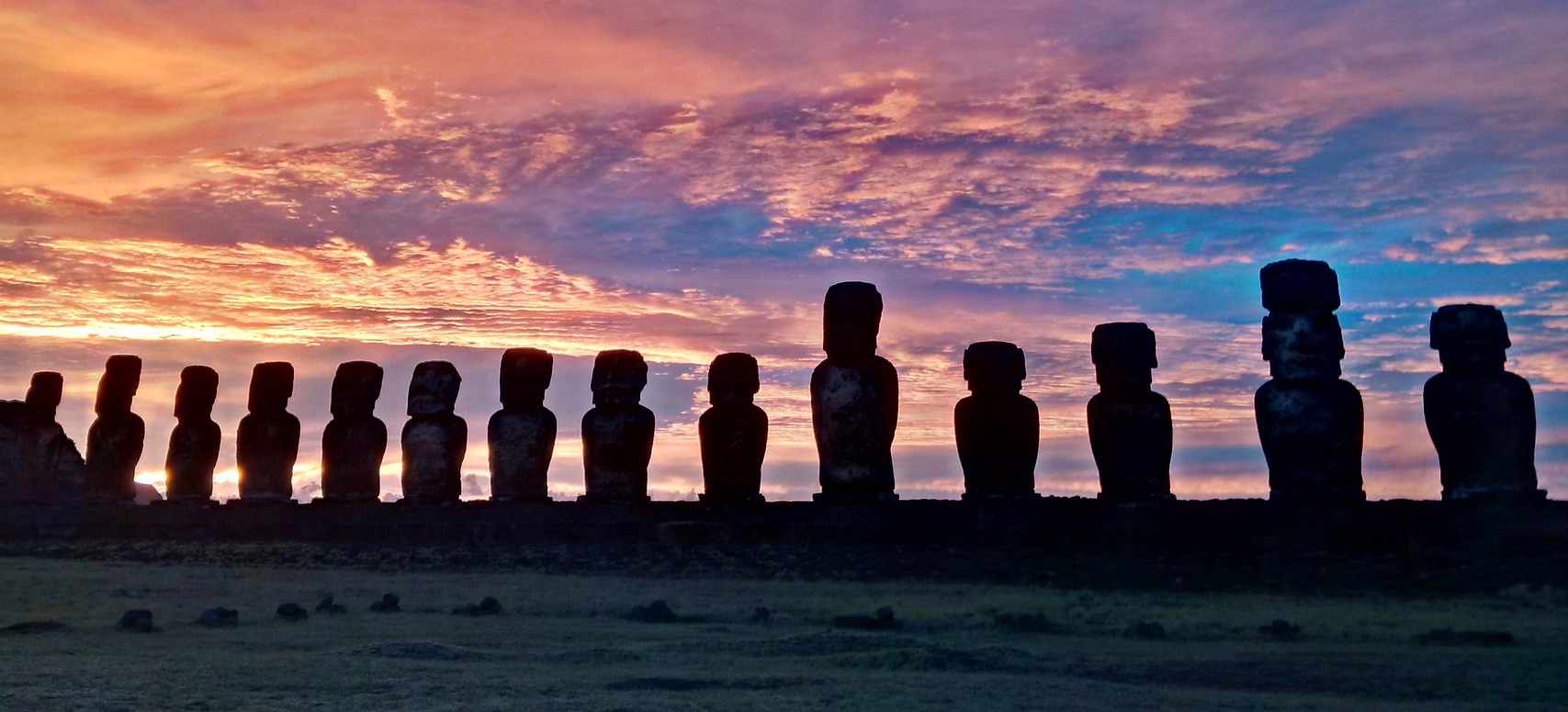
More highlights of Easter Island
With eight local offices in Latin America, we have the perfect base to help you build the perfect trip for your clients. Unrivaled experience with a wide selection of bed & breakfasts, small posadas, unique boutique hotels and world class luxurious lodging.
